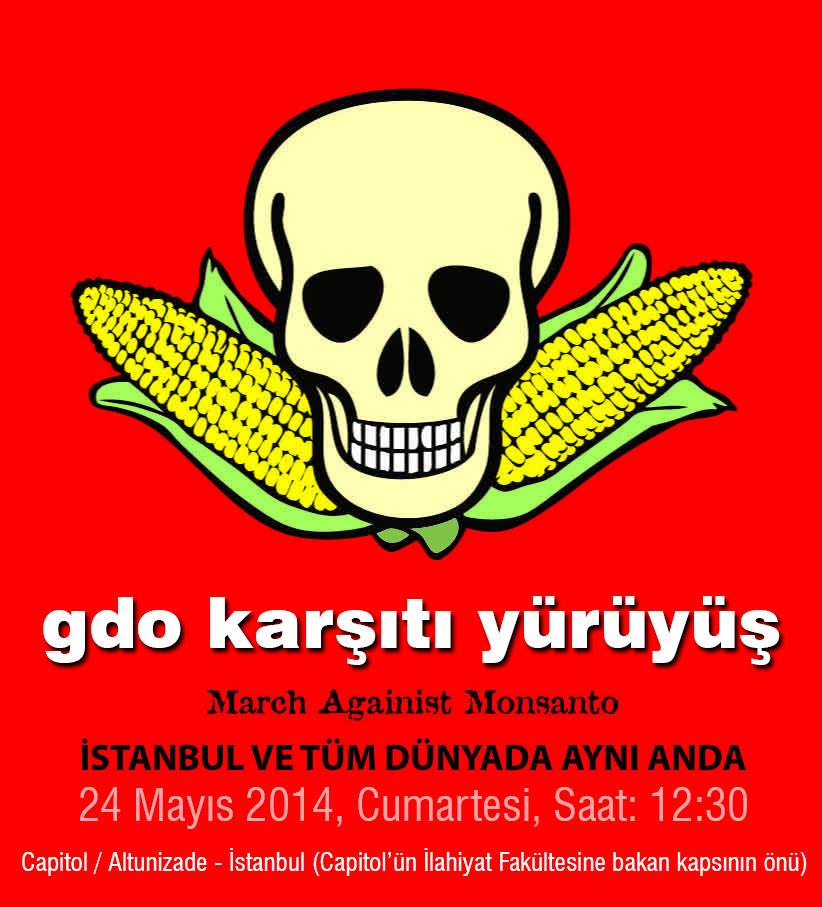Dr. Hüseyin BÜYÜKÖZER
FOR EXAMPLE, WHAT ARE 10 DANGEROUS FOOD ADDITIVES?
Food additives are substances added to foods and beverages for various reasons, such as maintaining or improving the safety, freshness, taste, texture, or appearance.
Many substances used as additives occur naturally. For example, vitamin C (E 300) and pectin (E 440) in fruits, lycopene (E 160d) in tomatoes, and lecithin (E 322), found in various foods such as egg yolks, soybeans, peanuts, and corn.
Food additives can also be derived from animals (e.g., carminic acid from cochineal insects, or E 120), minerals (e.g., calcium carbonate from ground limestone, or E 170), or chemically synthesized (e.g., synthetic lycopene, or E 160d).
In the European Union (EU), all food additives are identified by an E number, and their safety is assessed before they are permitted for use in foods.
More than 300 substances are approved for use as food additives in the EU.
Food additives must be included in the ingredient lists of the foods and beverages in which they are used.
Food and beverage labels must indicate both the additive’s function in the finished food (e.g., color or preservative) and the specific substance used, using the relevant E number or name (e.g., E 415 or Xanthan gum).
Common additives listed on food labels include antioxidants (to prevent oxidative spoilage), colorants, emulsifiers, stabilizers, gelling agents and thickeners, preservatives, and sweeteners.
All food additives on the EU market must meet legal requirements, including minimum purity criteria, among other parameters that define their identification.
The European Commission and EU Member States determine the approval of food additives in the EU market and the conditions of use (such as labeling and maximum permitted limits).
Our assessments consider all available data on the chemical and biological properties of food additives, their potential toxicity, and dietary exposure estimates.
Are Food Additives Harmful to Health?
Hectic lifestyles and rapid industrialization have stimulated the food industry, expanding the range of processed foods available in supermarkets. Whether it’s frozen potato wedges or deli meats, everything is filled with dangerous food additives that harm your health. Read on to learn more about how these deadly compounds can affect your health and how you can make safe choices to reduce your risk of heart disease, circulatory and nerve disorders, and cancer.
The Effects of Food Additives
1- Sodium nitrate: Sodium nitrate tops the list of dangerous food additives. It’s highly toxic and stimulates the formation of nitrosamines, which are inherently carcinogenic (cancer-causing). This deadly compound makes up a significant portion of our processed meats and acts as a good preservative, preventing bacterial growth and rapid decay. Forget the sausage and pickled cucumbers and opt for organic chicken and lean meats.
2- Trans fats: Trans fats, which make up a significant portion of our hamburgers, cookies, chips, and popcorn, are responsible for obesity and heart problems in millions of people worldwide. While saturated fats raise cholesterol levels, trans fats go a step further. They not only raise cholesterol levels but also lower the amount of HDL (good cholesterol) in your body, making you more prone to heart disease.
3- Olestra: Olestra is the “lean” oil found in potato chips, which is actually nothing more than a fake fat. However, it is known to bind to the fat-soluble vitamins A, D, E, and K, which protect the body from cancer and boost immunity. Olestra’s binding to these vitamins makes you much more susceptible to cancer overall. It has also been shown to cause digestive problems in 12% of the population. Replace your potato chip bag with a piece of fruit or a few whole-grain cookies.
4- Propyl Gallate: Propyl gallate is an ingredient in meat products, vegetable oils, potato sticks, chewing gum, and instant soup mixes. It essentially acts as a preservative, preventing spoilage. However, studies show that regular consumption of these products can lead to colon and stomach cancer.
5- Butylated hydroxyanisole: Similar in function to propyl gallate, butylated hydroxyanisole is responsible for preventing spoilage of oils and other foods. However, research shows that it plays a significant role in the formation of cancerous tumors in rats.
6- Monosodium Glutamate (MSG): Commonly known as Chinese salt, this compound is at the top of the list of dangerous food additives. Why? First of all, MSG is now a part of almost everything you consume throughout the day. This amino acid is used to flavor salads, soups, and other food preparations, and was often used in Chinese dishes. However, its use has now spread to both Eastern and Western regions, and nearly every restaurant or fast food chain now coats its food with MSG.
Several rat studies have reported that almost all rats exposed to a single dose of MSG suffered damage to their hypothalamus (a key part of the brain responsible for regulating body functions) and neurons in the inner retina. MSG has also been used to induce obesity in laboratory rats. What makes MSG even more dangerous is that humans are 3-5 times more sensitive to MSG than rats. To avoid MSG, check the label of your packaged foods for citric acid.
7 – Aspartame: Aspartame, which causes brain tumors in rats, is an artificial sweetener that makes our sugar alternatives and low-calorie diet foods. Excessive consumption of these products is known to increase susceptibility to lymphoma and leukemia. Once in the body, aspartame converts to formaldehyde, causing migraines, vision loss, seizures, multiple sclerosis, and even Parkinson’s disease. Short-term side effects include headaches and dizziness.
8 – Potassium bromate: Potassium bromate is an oxidizing agent used in the bread-making process. This compound has been proven to have carcinogenic effects and is nephrotoxic (toxic to the kidneys) in both humans and animals. Rats fed bread containing potassium bromate as an oxidizing agent developed thyroid and kidney tumors.
9 – Food coloring: Food dyes like blue #1 can cause cancer, while red #40 can cause ADHD (attention deficit hyperactivity disorder) in children. Red #3, commonly used in baking and artificially coloring cherries, has been linked to thyroid tumors in rats. Avoid foods and beverages that appear unnaturally colored and bright.
Avoid Foods and Drinks That Appear Unnaturally Colorful and Shiny
10- Butylated Hydroxytoluene: Butylated hydroxytoluene is found as a preservative in chewing gum, potato chips, and other packaged foods. Although approved by the FDA, it has been proven to be carcinogenic.
https://medlineplus.gov
https://www.gidaraporu.com/yeniden-gida-raporu_g.htm





